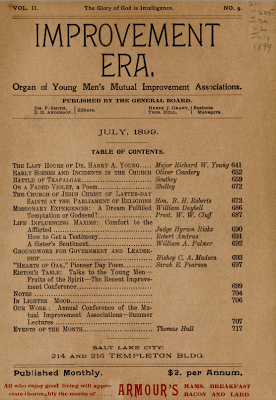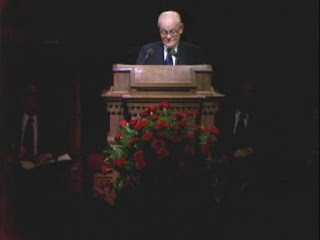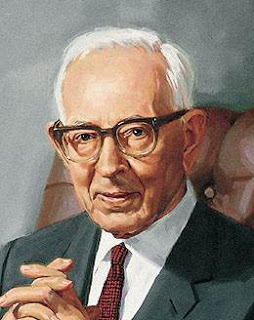Letter VII in the Improvement Era
In 1899, Joseph F. Smith was the Editor of the Improvement Era. He was also Second Counselor in the First Presidency under President Wilford Woodruff. He had been an Apostle for 33 years by that point, and had served as a counselor in the First Presidency under both Brigham Young and John Taylor.
The July 1899 issue of the Improvement Era published Oliver Cowdery’s Letter VII.
Here’s the link to the cover page:
https://archive.org/stream/improvementera29unse#page/n0/mode/2up.
Those who have been following this blog know that Letter VII was published in 1835 in the Messenger and Advocate, in 1841 in the Times and Seasons, and also in 1841 in the Gospel Reflector. It was published as part of a special pamphlet in England in 1844. Joseph Smith personally directed his scribes to copy it into his history as part of his life story.
Short of adding it to the Pearl of Great Price, what more could the leaders of the Church do to make sure everyone knew about Cumorah in New York?
And yet, modern LDS scholars and educators completely ignore Letter VII because it contradicts their theories about two Cumorahs and the Mesoamerican setting for the Book of Mormon.
_________________
Of Oliver Cowdery’s eight letters on Church history, Letter I is the best known because it was included in the Pearl of Great Price. But Letter VII and the other letters were published multiple times in Church magazines.
Think of how beneficial it would be to have it republished in today’s Ensign.
In this case, we have a counselor in the First Presidency publishing Letter VII in the Improvement Era. This isn’t just a run-of-the-mill member of the First Presidency, either. He served in the First Presidency under 4 Presidents of the Church before becoming President himself.
Critics might point out that Joseph F. Smith was only 5 years old when his father, Hyrum, and his uncle, Joseph, were murdered at Carthage. Presumably he had not heard, first-hand, anything about Book of Mormon geography from Joseph Smith himself.
Maybe he unilaterally decided to republish Letter VII. Maybe Wilford Woodruff didn’t know he was going to reprint Letter VII. Maybe John Taylor and Brigham Young never discussed Cumorah with Joseph F. Smith.
Maybe he was acting on his own.
Or maybe he consulted with the President of the Church and obtained Woodruff’s blessing to republish Letter VII.
The fact is, Joseph F. Smith did republish Letter VII. And his son, Joseph Fielding Smith, cited Letter VII when he warned about the spiritual dangers of the two-Cumorahs theory that LDS scholars and educators have embraced.
Just more food for thought.
______________________
Here’s the link to page 652, where Letter VII appeared:
https://archive.org/stream/improvementera29unse#page/652/mode/2up
The article continues on this page:
https://archive.org/stream/improvementera5307unse#page/n61/mode/2up
Source: Letter VII











